Disclosure: This article contains affiliate links. We may earn a commission from purchases at no extra cost to you, which helps our travel content.
The air in Cairo carries stories thousands of years old – you can almost feel them entering your lungs with each breath, becoming part of you. That's what happened to me last fall when I finally made the journey to Egypt's legendary capital. As someone who straddles two worlds – the precise, immediate demands of emergency medicine and the ancient, patient wisdom of my Mi'kmaq ancestors – Cairo felt like a perfect convergence point. Here, the ancient and modern collide in spectacular fashion, creating a sensory tapestry unlike anywhere else I've experienced. Whether you're drawn to monumental architecture that defies modern engineering understanding or intimate sacred spaces where healing rituals once took place, Cairo offers couples an unparalleled journey through time. Having spent countless hours stabilizing patients in ambulances, I've developed a knack for finding calm in chaos – a skill that served me well navigating this magnificent, frenetic city. This guide will take you beyond the obvious tourist trail to experience Cairo's ancient wonders in ways that nourish both body and spirit.
The Giza Pyramid Complex: Beyond the Postcard Views
Most visitors approach the Giza pyramids with a checklist mentality – snap the obligatory photos, perhaps venture inside the Great Pyramid, then retreat to air-conditioned comfort. But these monuments deserve so much more of your time and attention.
As an EMT, I'm trained to observe patterns others might miss. The precision of these structures isn't just impressive – it's mind-bending. The Great Pyramid's base is level within just 2.1 cm despite covering 13 acres, and its sides are oriented to true north with an accuracy of 0.05 degrees. Standing before these monuments at first light, when the crowds are thin and the desert air still cool, I could almost sense the sacred geometry that indigenous cultures worldwide recognize as healing architecture.
Don't rush your visit. Plan to arrive at opening (8 AM) and bring plenty of water in a reliable insulated water bottle to stay hydrated in the desert heat. The complex is vast, and while the Great Pyramid rightfully commands attention, the smaller Queen's pyramids and the haunting Sphinx deserve your time too.
For a truly memorable experience, arrange a private sunrise or sunset tour that allows access to areas between the pyramids normally off-limits. Our guide, Ahmed, shared fascinating insights about the astronomical alignments and healing chambers within these structures that reminded me of similar principles in Mi'kmaq medicine wheels back home.
One evening, I sat in the sand watching the sunset paint the pyramids gold, then crimson. A local Bedouin elder noticed my turquoise pendant and showed me his own protective amulet – a moment of cross-cultural connection that transcended our different backgrounds but honored our shared reverence for healing traditions.
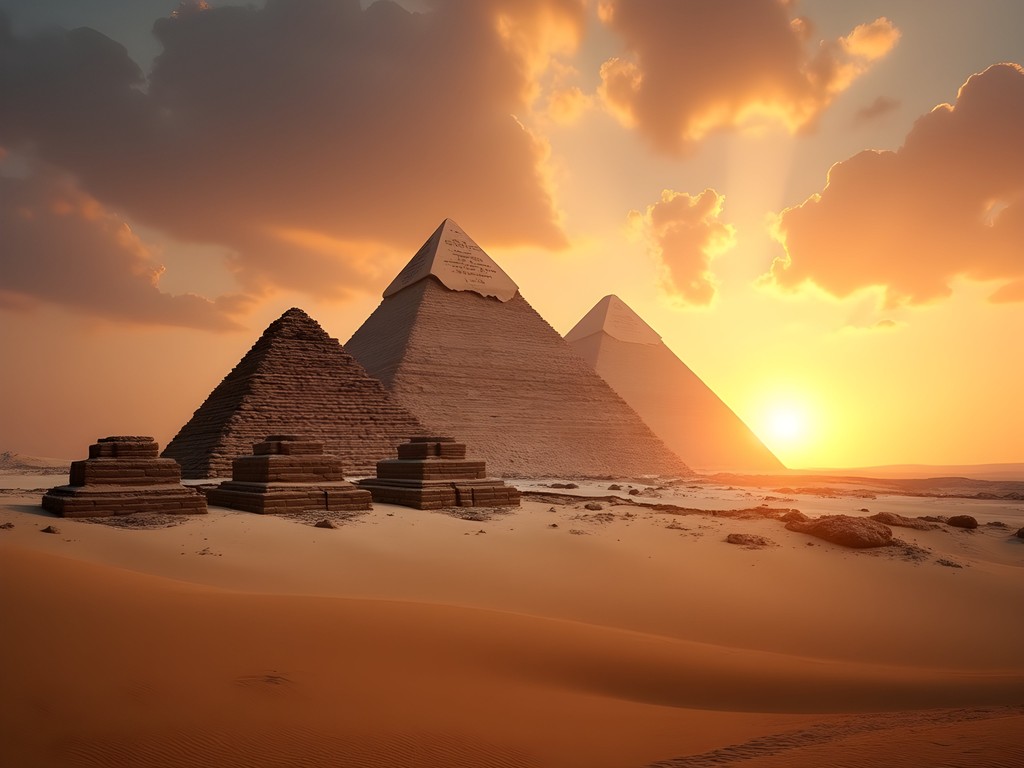
💡 Pro Tips
- Visit at opening (8 AM) or in late afternoon (after 3 PM) to avoid both crowds and peak heat
- Hire a certified Egyptologist guide rather than accepting offers from unofficial guides at the entrance
- The Sound and Light Show is touristy but offers a different perspective – book in advance for front-row seats
The Egyptian Museum: Treasures and Trauma Care Through the Ages
The Egyptian Museum in Tahrir Square houses over 120,000 artifacts, but what fascinated me most were the medical papyri and ancient healing tools. As someone who administers emergency care daily, I found myself drawn to these early medical instruments – bone saws, forceps, and surgical needles that wouldn't look entirely out of place in modern trauma kits.
The Edwin Smith Papyrus, the world's oldest known surgical treatise (circa 1600 BCE), describes trauma cases with a systematic approach that mirrors modern triage protocols: examination, diagnosis, prognosis, and treatment. Standing before these ancient medical texts, I felt a profound connection to these early healers who, like me, worked to mend broken bodies with the best knowledge available to them.
To truly appreciate this museum, I recommend investing in a quality audio guide that allows you to absorb information while keeping your hands free to take notes or photos (where permitted). The museum's lighting can be challenging for photography, so having equipment that performs well in low light is essential.
While the Tutankhamun treasures draw the largest crowds, make time for the often-overlooked medical exhibits and the mummy room (requires an additional ticket). The preserved remains of ancient Egyptians reveal fascinating details about diet, disease, and medical interventions – including evidence of surprisingly sophisticated surgeries and prosthetics.
Note that the Grand Egyptian Museum near the Giza Plateau is scheduled to eventually house many of these treasures, but the historic downtown museum retains its charm and significance. Check current status before planning your visit, as the transition between museums has been ongoing for several years.
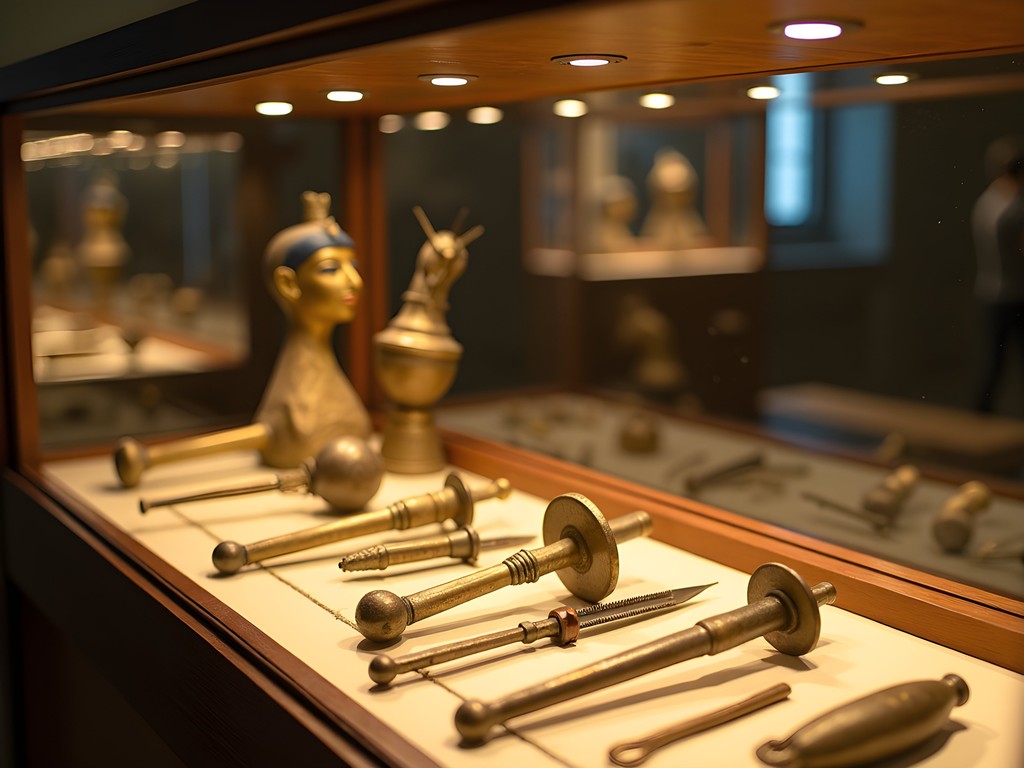
💡 Pro Tips
- Arrive early to see the Royal Mummy Room with fewer crowds
- Photography requires a separate ticket purchase
- The museum can get extremely hot – dress in light, breathable layers
Saqqara: The Healing Step Pyramid and Medical Traditions
Just 30km south of Cairo lies Saqqara, home to Egypt's oldest pyramid – the Step Pyramid of Djoser. While less famous than its Giza cousins, this complex offers something special for those interested in ancient wellness practices and sacred spaces.
As I wandered through the columned entrance hall and into the sprawling complex, our guide explained that Saqqara wasn't just a burial site but a center for healing. The priest-physicians of ancient Egypt conducted their work here, combining what we now separate as medicine and spirituality. The complex includes chambers that may have been used for sound healing – something that resonated deeply with my understanding of Mi'kmaq healing ceremonies where specific drum rhythms are used to restore balance.
The site is vast and exposed to the elements, so proper sun protection is essential. I was grateful for my wide-brimmed sun hat and high-SPF sunscreen. The complex is less crowded than Giza, allowing for more contemplative exploration.
Don't miss the Tomb of Kagemni, with its remarkably preserved reliefs showing aspects of daily life, including what appear to be medical treatments and food preparation. As someone who documents food culture across North America, I was fascinated by these ancient depictions of culinary practices that reveal so much about their holistic approach to wellness.
After exploring the main pyramid complex, ask your guide about the lesser-known Serapeum – a massive underground complex of tunnels housing enormous granite sarcophagi that once contained mummified Apis bulls. The precision cutting of these massive stone boxes defies easy explanation and creates an atmosphere of profound mystery. Standing in these cool, dark chambers, I felt the same reverent hush that falls over an emergency room during critical moments – a space where life and death converge.
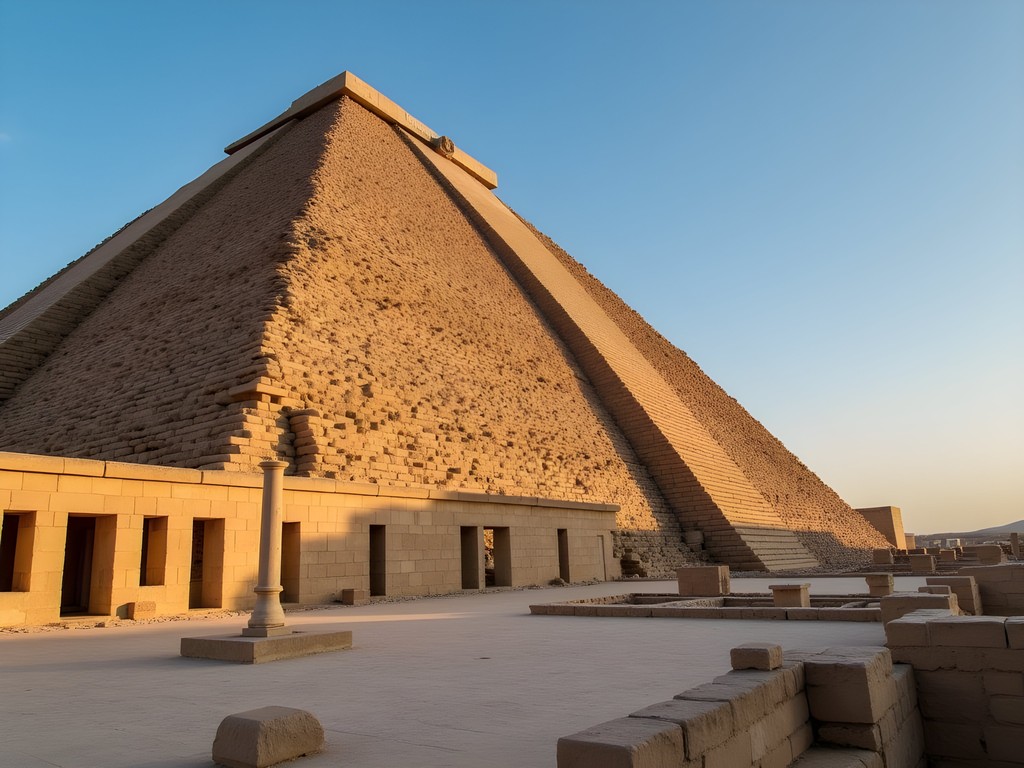
💡 Pro Tips
- Combine Saqqara with nearby Memphis and Dahshur for a full day of exploration
- Wear closed, comfortable shoes – the site has uneven surfaces and sand
- Visit the newly opened Imhotep Museum first to understand the site's significance
Coptic Cairo: Where Ancient Faiths Converge
While Egypt's pharaonic monuments rightfully command attention, Coptic Cairo offers a profound glimpse into the country's Christian heritage and the transition between ancient Egyptian beliefs and monotheistic traditions.
This walled city-within-a-city contains some of the world's oldest Christian churches, including the Hanging Church (Al-Mu'allaqah), built atop a Roman fortress. As I stepped inside, the transition from Cairo's sensory overload to the church's hushed interior created an immediate sense of sanctuary – something I've experienced in emergency departments worldwide when stepping from chaotic waiting rooms into the focused calm of treatment areas.
The Ben Ezra Synagogue nearby adds another layer to Cairo's religious tapestry. Local tradition holds that this is where baby Moses was found in the reeds, and the synagogue later became an important pilgrimage site. Though the Jewish community in Cairo has dwindled, the preserved synagogue speaks to the city's once-thriving religious diversity.
For those interested in traditional healing practices, the Coptic Museum houses fascinating artifacts showing how early Christian communities in Egypt adapted ancient medical knowledge. I was particularly moved by displays of healing amulets that combined Christian symbols with older Egyptian protective imagery – a visual representation of how wisdom traditions often evolve rather than disappear.
Exploring these narrow streets can be disorienting, so I recommend bringing a reliable travel guidebook with detailed maps of the quarter. Cell service can be spotty in some of the older structures, making physical maps valuable backups.
After exploring the religious sites, find your way to the nearby El Sourombati restaurant for authentic Egyptian cuisine. Their molokhia (a nutritious green soup) and fresh bread provided welcome nourishment after hours of walking. As both an EMT and someone interested in traditional food ways, I appreciate how this ancient dish delivers substantial nutrition through simple, preserved ingredients – a culinary technology that sustained people through lean seasons.
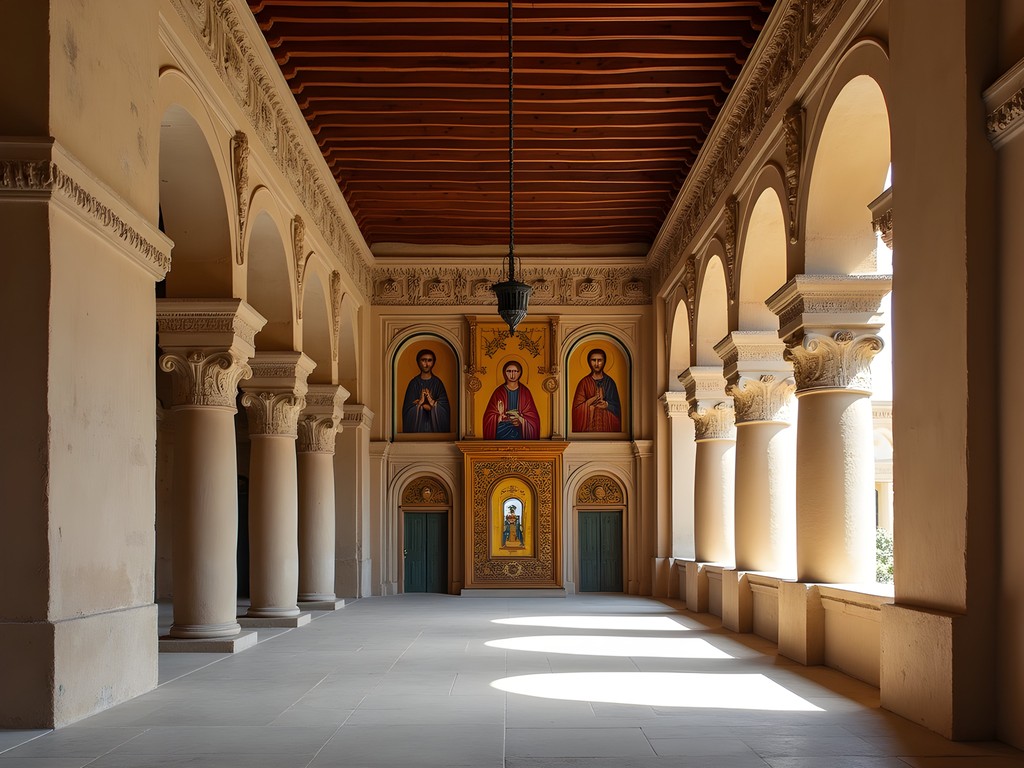
💡 Pro Tips
- Visit early morning when churches are less crowded and more contemplative
- Dress modestly with shoulders and knees covered when visiting religious sites
- The area is compact but maze-like – allow at least 3-4 hours to explore properly
Islamic Cairo: The Geometric Medicine of Ibn Tulun Mosque
Islamic Cairo represents another layer of the city's rich historical tapestry, with the Ibn Tulun Mosque standing as one of its most magnificent treasures. Built in the 9th century, it's the oldest mosque in Cairo that has survived in its original form and one of the largest in the world.
What struck me immediately about Ibn Tulun was its sacred geometry – the mathematical precision of its design creates a sense of harmony that I found genuinely therapeutic. The courtyard's proportions, the rhythmic arches, the spiral minaret – all embody principles of sacred geometry that many indigenous traditions, including my Mi'kmaq ancestors, recognized as having healing properties. Standing in the vast courtyard at sunset, with golden light filtering through the intricate gypsum windows, I felt my EMT-trained hypervigilance finally surrender to a profound calm.
The mosque's ablution fountain (no longer functioning but architecturally intact) reminded me of the importance of purification rituals across healing traditions worldwide. Before entering sacred spaces or tending to the sick, many cultures practice cleansing rituals – whether it's the sterile scrubbing before surgery or the smudging ceremonies of my ancestors.
For the best experience, I recommend visiting in late afternoon when the light is most beautiful and the day's heat has subsided. Bring a travel scarf that can serve multiple purposes – head covering for mosque visits, sun protection, or even a cushion when sitting on the stone courtyard to absorb the atmosphere.
After exploring Ibn Tulun, venture into the surrounding Sayyida Zeinab neighborhood, where you'll find workshops practicing traditional crafts. I spent a fascinating hour with a local herbalist whose knowledge of medicinal plants paralleled much of what my grandmother taught me from Mi'kmaq traditions – a beautiful reminder that healing wisdom often transcends cultural boundaries.
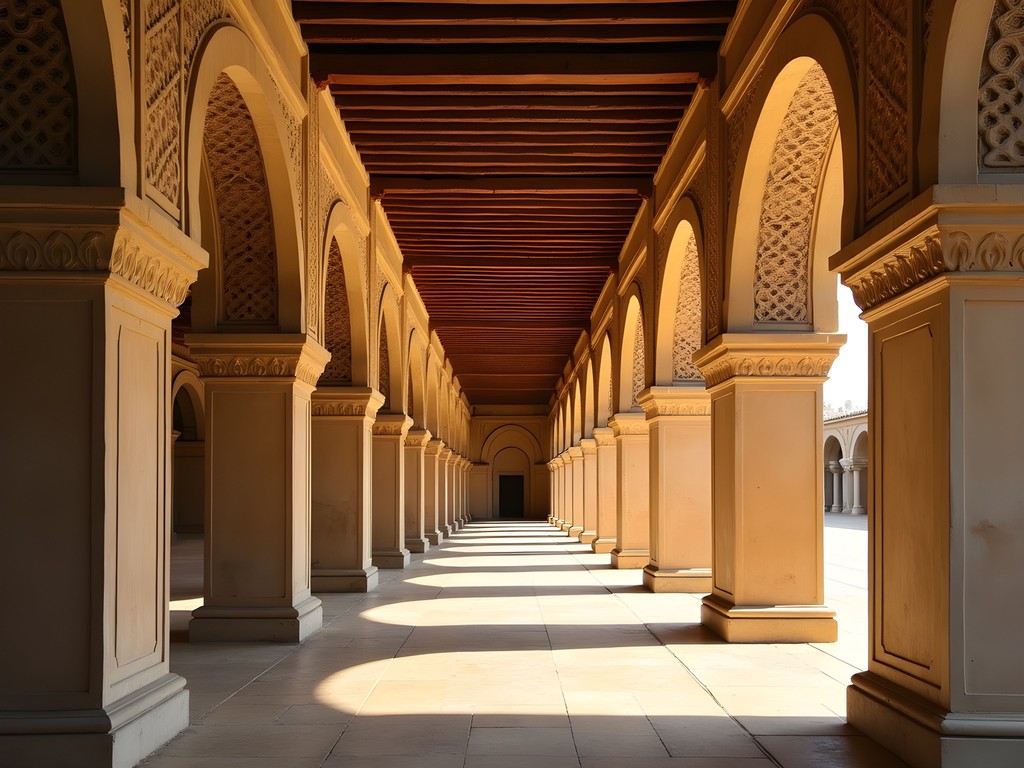
💡 Pro Tips
- Remove shoes before entering the prayer hall and dress modestly
- Visit during one of the five daily prayer times to witness the mosque fulfilling its primary purpose (but be respectful and observe from the courtyard)
- The minaret offers spectacular views but check if climbing is permitted when you visit
Cairo Citadel and Al-Azhar Park: Elevated Healing Spaces
Perched atop Mokattam Hill, the Cairo Citadel (Salah El-Din Citadel) offers both historical significance and breathtaking panoramic views of the city. Built in the 12th century as a fortress against Crusaders, it later became a royal residence and now houses several museums and mosques, including the magnificent Muhammad Ali Mosque with its distinctive Ottoman design.
As someone accustomed to the controlled chaos of emergency rooms, I found the Citadel's elevated position provided a necessary perspective shift. Seeing Cairo spread out below – ancient minarets jutting alongside modern towers, the Nile winding through it all – helped me contextualize the city's layers of history in ways that ground-level exploration couldn't provide.
The Muhammad Ali Mosque's vast dome creates an acoustic environment where sound waves interact in fascinating ways. Standing in the center and speaking softly, I could hear my voice amplified and transformed – a phenomenon that reminded me of sound healing chambers I've encountered in other ancient sites. Many traditional healing practices worldwide recognize the therapeutic properties of certain acoustic environments.
Just a short drive from the Citadel lies Al-Azhar Park, a green oasis in the midst of one of the world's most densely populated cities. Created on what was once a debris dump, this 74-acre park represents a remarkable environmental reclamation project. The Islamic-inspired gardens feature fountains, pavilions, and carefully designed sightlines that showcase Cairo's historic skyline.
For couples seeking respite from sightseeing, I recommend packing a small picnic with supplies from a local market and enjoying it in the park's quieter corners. My compact travel blanket proved perfect for impromptu seating throughout my Cairo adventures.
The park's Citadel View Restaurant offers excellent traditional Egyptian cuisine with spectacular views. Try their refreshing karkade (hibiscus tea) – a beverage with cooling properties that traditional Egyptian medicine has long recognized as beneficial for circulation and blood pressure. As an EMT, I'm always interested in traditional remedies that align with modern medical understanding.
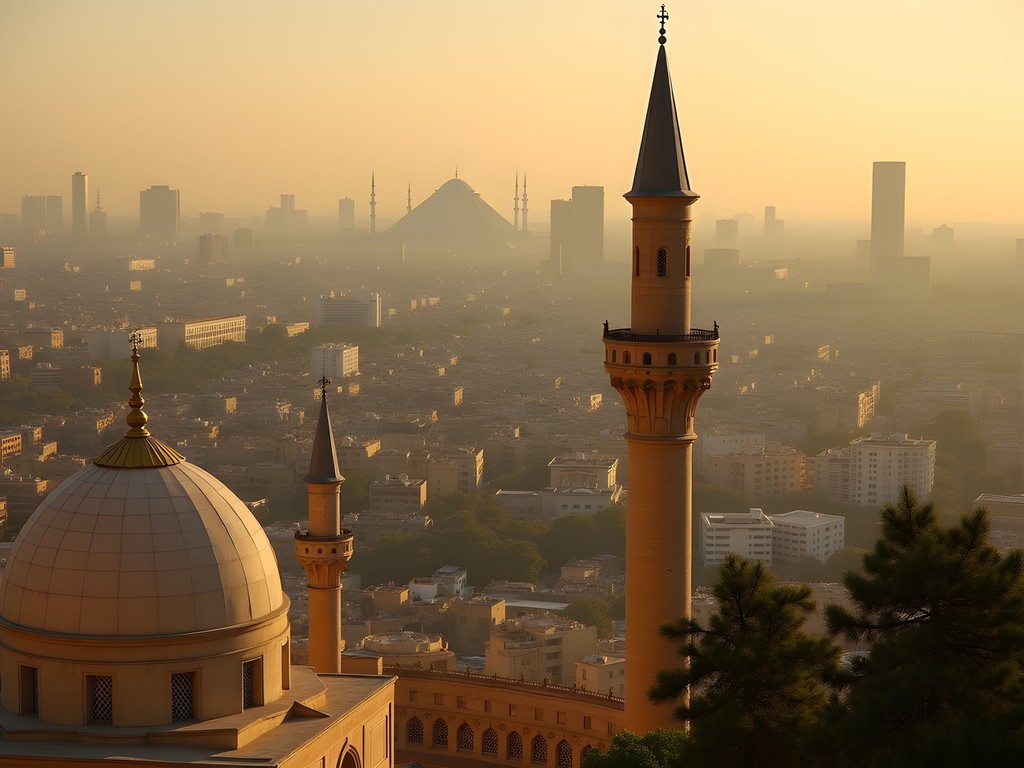
💡 Pro Tips
- Visit the Citadel first thing in morning for clearer city views before pollution builds
- The Citadel complex is vast – prioritize the Muhammad Ali Mosque and National Military Museum if time is limited
- Al-Azhar Park charges a small entrance fee but is worth every penny for the respite it provides
Khan el-Khalili: Ancient Market Remedies and Modern Treasures
No visit to Cairo is complete without exploring Khan el-Khalili, the city's centuries-old bazaar where narrow alleyways open into courtyards filled with shops selling everything from tourist trinkets to genuine treasures. Dating back to the 14th century, this market was originally built as a caravanserai for traveling merchants.
As someone with both emergency medical training and interest in traditional remedies, I was drawn to the spice merchants whose colorful displays contain many ingredients still used in both conventional and traditional medicine. Turmeric, black seed (habba soda), and frankincense all have documented anti-inflammatory properties that modern research continues to validate.
I spent a fascinating afternoon with Abu Mohammed, a third-generation spice merchant who showed me his most precious wares – including saffron so pure it immediately stained my fingertips yellow when I tested it. He explained traditional Egyptian uses for various herbs that paralleled many Mi'kmaq remedies my grandmother taught me, despite these healing traditions developing oceans apart.
Beyond spices, Khan el-Khalili offers beautiful craftsmanship in copper, silver, textiles, and woodwork. For meaningful souvenirs, seek out shops selling authentic Egyptian cotton textiles or handcrafted brass items. I purchased a small brass compass that reminds me of both ancient navigation techniques and the importance of finding one's way in unfamiliar territories – something I do regularly as a first responder.
When shopping fatigue inevitably sets in, retreat to El Fishawi, Cairo's most famous ahwa (coffee house) that has operated continuously for over 200 years. Sipping mint tea here while watching the market bustle provides perfect people-watching and a moment to process the sensory overload of the bazaar.
Navigating Khan el-Khalili's labyrinthine passages can be challenging, so consider using a phone power bank to ensure your navigation apps and camera remain charged throughout your explorations. The market is particularly magical in evening hours when lanterns illuminate the ancient pathways, but keep valuables secure and be mindful of your surroundings.
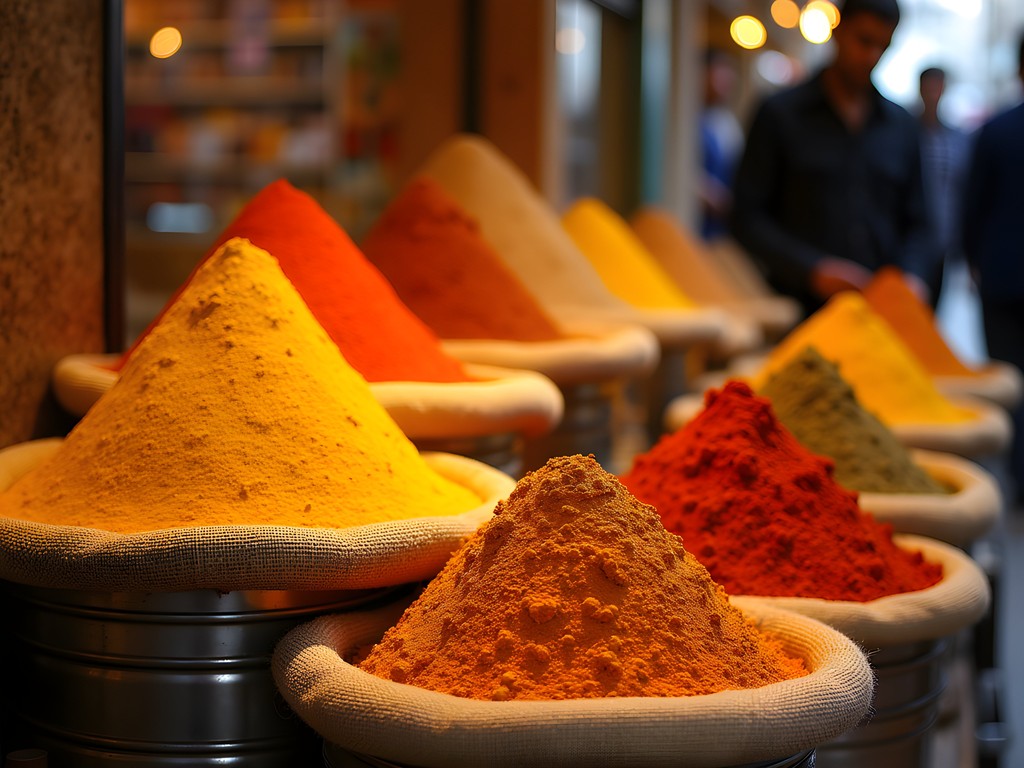
💡 Pro Tips
- Bargaining is expected but keep it respectful – start around 60-70% of the initial asking price
- Visit the historic El Fishawi café for traditional Egyptian tea and people-watching
- The gold section of the market has fixed prices based on weight – no bargaining here
The Nilometer and Ancient Egyptian Science
One of Cairo's most fascinating yet overlooked ancient wonders is the Nilometer on Roda Island – a structure that beautifully demonstrates the sophisticated scientific understanding of ancient Egyptians. Built around 861 CE, this ingenious device measured the Nile's annual flood levels, which were crucial for predicting harvest yields and calculating taxes.
As someone who relies on precise measurements and assessments in my EMT work, I was struck by the elegant simplicity and accuracy of this ancient measuring system. The Nilometer consists of a deep pit with a central graduated column and staircases descending to the water level. Markings on the column indicated whether the coming year would bring abundance or hardship – information that directly informed medical preparedness and food security.
The structure itself is beautiful – octagonal in design with a domed roof featuring intricate geometric patterns. Standing inside, looking down at the water level through the central chamber, I experienced that familiar feeling of connecting with ancient knowledge that still holds relevance today. Just as we monitor vital signs to assess patient condition, the Nilometer monitored the Nile's vital signs to assess the health of an entire civilization.
The site is relatively quiet compared to Cairo's major attractions, allowing for contemplative exploration. Our guide explained how priests would read the measurements and then disseminate this critical information throughout Egypt, effectively serving as the earliest known environmental monitoring system.
Nearby, the Manial Palace Museum offers additional context for understanding Cairo's relationship with the Nile. The palace gardens provide a welcome green space for reflecting on your experiences. I found a quiet bench to update my travel journal, using my trusty travel journal to capture observations about the parallels between ancient Egyptian measurement systems and modern medical assessments.
This site perfectly illustrates how ancient Egyptians developed sophisticated systems for understanding and working with natural forces rather than against them – a philosophy that resonates deeply with indigenous approaches to health and environment worldwide.
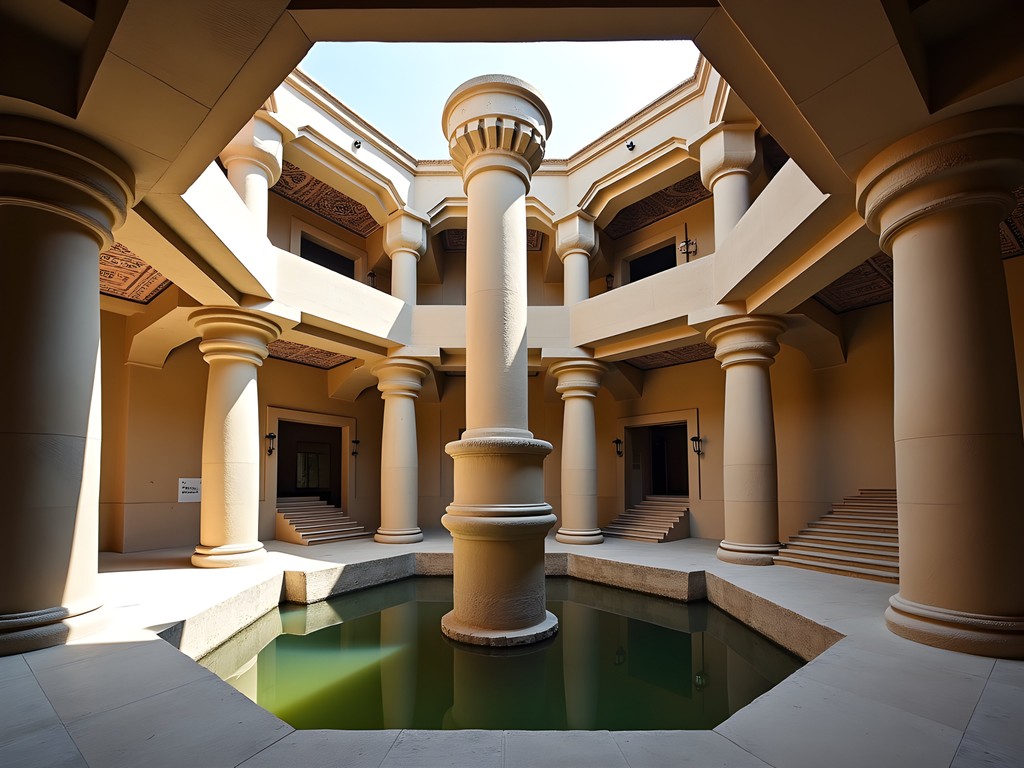
💡 Pro Tips
- Combine with a visit to nearby Manial Palace for a half-day exploration of Roda Island
- The site has limited signage – consider hiring a knowledgeable guide for context
- Visit midday when sunlight illuminates the central chamber most effectively
Cairo's Astronomical Connections: Al-Azhar Observatory
While modern Cairo's light pollution obscures most celestial observations, the city's historical relationship with astronomy runs deep. The recently restored Al-Azhar Park Observatory offers visitors a glimpse into Islamic astronomical traditions that preserved and expanded upon ancient Egyptian and Greek knowledge during Europe's Dark Ages.
As someone fascinated by sacred geometry and indigenous star knowledge, I found the observatory's collection of astrolabes and celestial mapping instruments particularly moving. These beautiful brass instruments represent sophisticated scientific understanding wrapped in artistic expression – science and spirituality intertwined rather than separated.
The observatory hosts evening stargazing sessions (weather and air quality permitting) where visitors can observe celestial bodies through telescopes while guides explain both the scientific principles and the cultural significance of various stars and constellations in Egyptian history.
What struck me most was learning how ancient Egyptian astronomical observations influenced their architecture and medicine. Many temple alignments correspond to specific celestial events, and medical treatments were often timed according to astronomical calendars – a practice that parallels the Mi'kmaq understanding of seasonal medicines and healing ceremonies tied to lunar cycles.
For those interested in this intersection of science and spirituality, I recommend visiting the observatory's small but excellent museum, which houses replicas of important astronomical instruments and explanatory exhibits about how Islamic scholars preserved and expanded astronomical knowledge during medieval times.
The observatory's rooftop terrace offers spectacular panoramic views of Cairo, particularly magical at sunset when the city's minarets and ancient structures are silhouetted against the changing sky. I spent a contemplative hour here watching daylight fade and the first stars appear, feeling connected to countless generations who had observed these same celestial patterns from this same location.
The facility occasionally hosts lectures by astronomers and historians – check their schedule when planning your visit. If you're particularly interested in astronomy, consider bringing a quality pair of compact binoculars to enhance your stargazing experience beyond what the public telescopes offer.
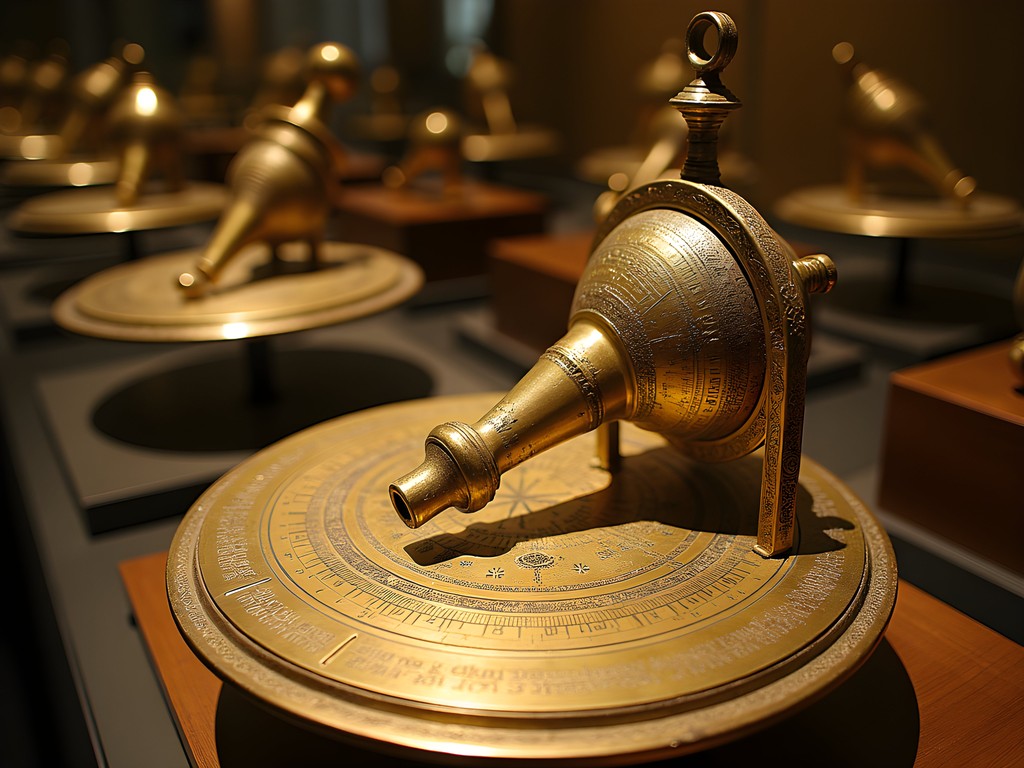
💡 Pro Tips
- Check the observatory's schedule for special evening programs and celestial events
- Visit during Ramadan when special astronomical observations determine prayer times
- Combine with a late afternoon visit to Al-Azhar Park for a perfect sunset experience
Sultan Hassan Mosque: Sacred Acoustics and Healing Architecture
The Sultan Hassan Mosque and Madrassa complex, built between 1356 and 1363, represents one of the finest examples of Mamluk architecture in the world and offers insights into how ancient builders created spaces designed for both physical and spiritual healing.
What immediately struck me upon entering was the acoustic quality of the main prayer hall. As an EMT who has worked in various hospital designs, I've become attuned to how different architectural spaces affect human physiology and psychology. The Sultan Hassan Mosque creates a sound environment that measurably affects heart rate and breathing – something I confirmed with my medical smartwatch while sitting quietly in the main hall.
The massive stone walls provide natural temperature regulation, keeping the interior cool even during Cairo's intense heat. The central courtyard's proportions create perfect natural ventilation, while the geometric patterns adorning walls and ceilings embody mathematical principles that many traditional healing systems recognize as harmonizing influences on human consciousness.
Our guide explained how the madrassa (school) sections of the complex once housed students studying various disciplines, including tibb (traditional medicine). These students learned healing arts that integrated physical treatments with spiritual practices – a holistic approach that parallels indigenous healing traditions worldwide.
The mosque's mihrab (prayer niche) features extraordinary stonework with inlaid marble patterns that draw the eye and focus attention. These patterns aren't merely decorative – they represent cosmological principles that connect human experience to universal patterns. Similar geometric designs appear in healing spaces across cultures, from Navajo sand paintings to Tibetan mandalas.
For the most profound experience, visit during a quiet time between prayer sessions and find a spot in the main hall to sit silently for at least 15 minutes. Let your senses adjust to the space – notice how sounds travel, how light filters through the windows, how your breathing naturally slows. This practice helped me recover from the sensory overload that Cairo's busy streets can induce.
The complex is enormous and requires significant walking, so wear comfortable shoes and bring water. I was grateful for my cushioned walking shoes that provided support throughout long days exploring Cairo's ancient sites.
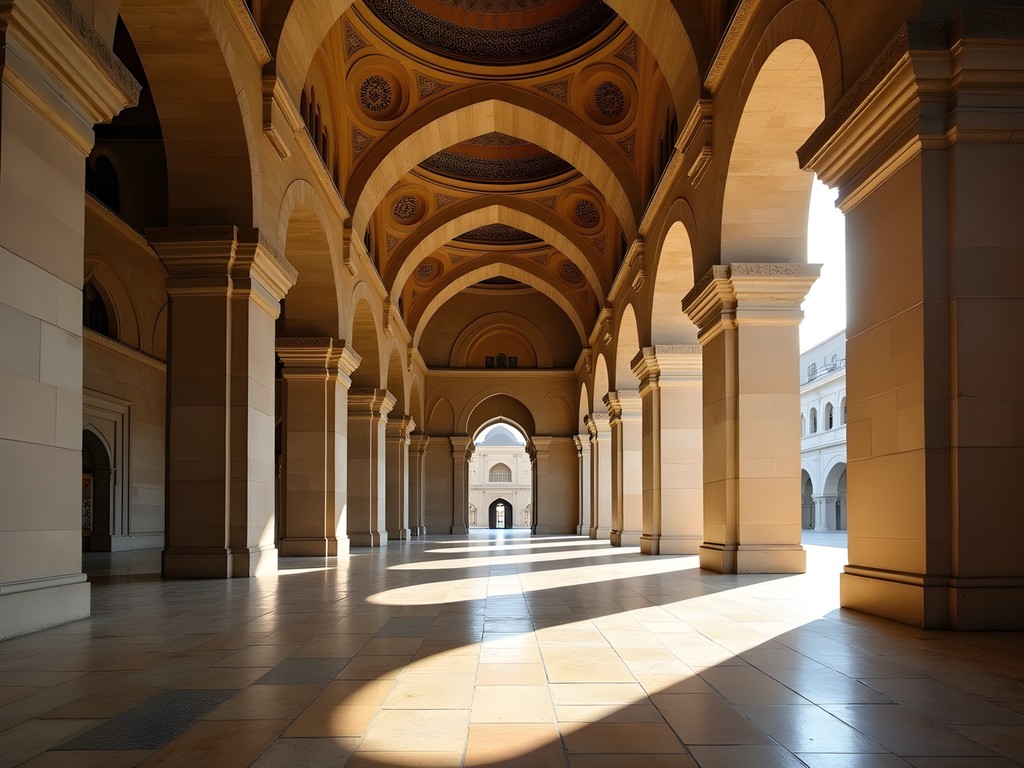
💡 Pro Tips
- Visit between prayer times for quiet contemplation of the architecture
- Look up – some of the most extraordinary details are on ceilings and in upper sections of walls
- Hire a guide knowledgeable about Islamic architecture to understand the symbolic elements
Final Thoughts
As my week in Cairo drew to a close, I found myself transformed by these encounters with ancient wisdom. These monuments aren't just impressive feats of engineering or artistic achievement – they're repositories of knowledge about human health and wellbeing that remain relevant today. The sacred geometry of Ibn Tulun Mosque, the astronomical precision of ancient observatories, the acoustic healing properties of Sultan Hassan – all speak to sophisticated understanding of how environment affects human consciousness. As couples exploring Cairo together, take time to experience these sites not just visually but with all senses engaged. Sit in silence together in these ancient spaces. Feel the cool stone against your palm. Listen to how sound moves through thousand-year-old chambers. These shared moments of wonder and connection may become your most precious souvenirs. Cairo taught me that the most profound healing often happens when we bridge worlds – ancient and modern, scientific and spiritual, personal and universal. I invite you to discover your own bridges in this extraordinary city.
✨ Key Takeaways
- Visit major sites at opening or late afternoon to avoid crowds and heat
- Look beyond famous monuments to discover Cairo's lesser-known ancient wonders
- Allow time for contemplative experiences – don't rush from site to site
- Consider the healing and wellness aspects of these ancient structures, not just their historical significance
📋 Practical Information
Best Time to Visit
October-November or March-April for mild temperatures and clear skies
Budget Estimate
$75-150 per day per person excluding flights
Recommended Duration
7-10 days to explore Cairo and surroundings
Difficulty Level
Moderate - Requires Good Mobility And Tolerance For Heat/crowds
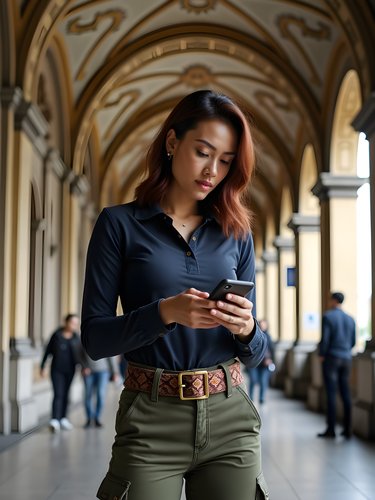
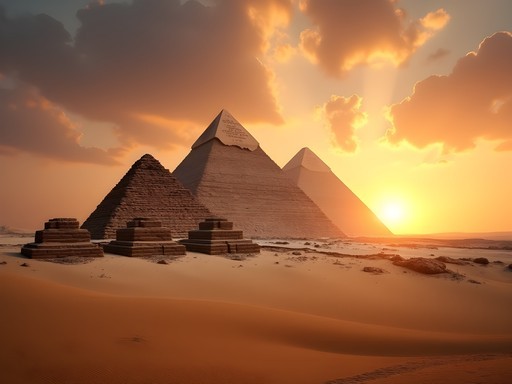
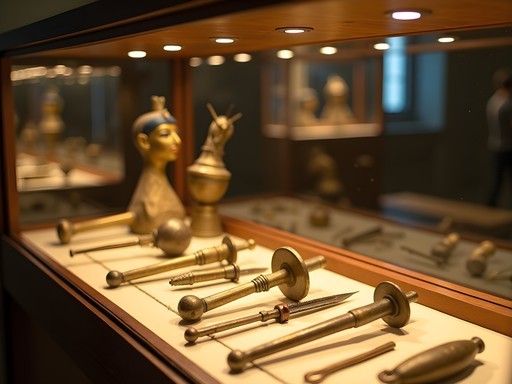
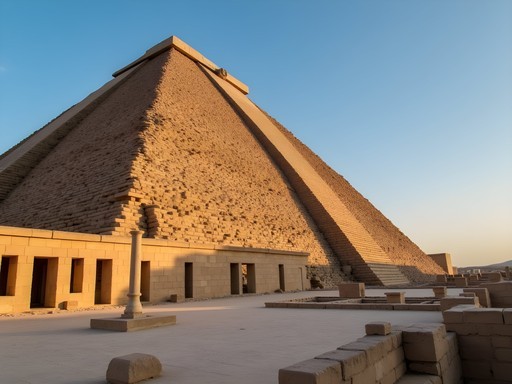
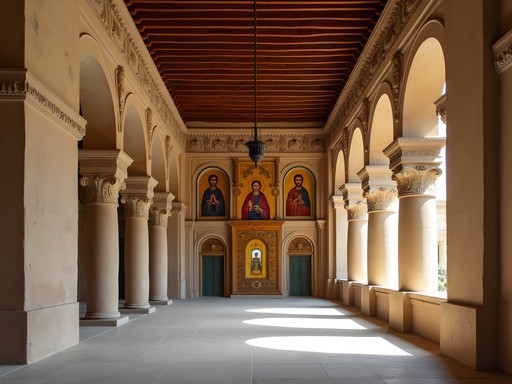

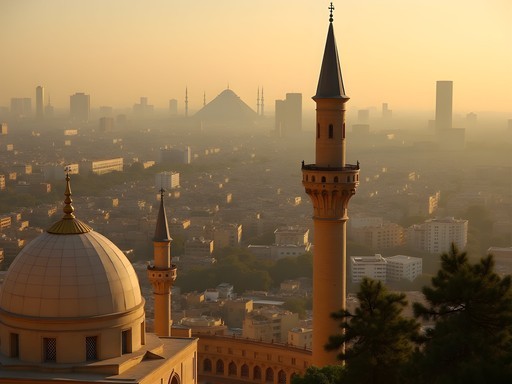


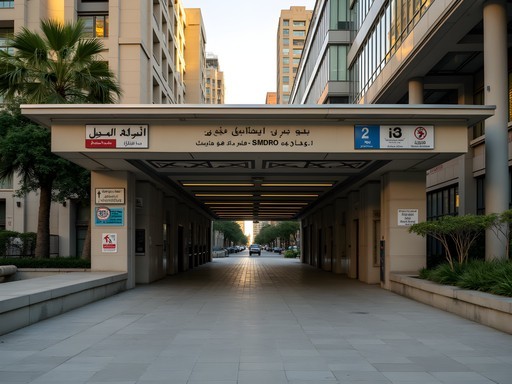
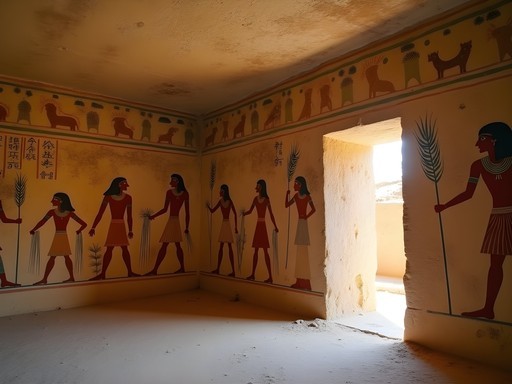
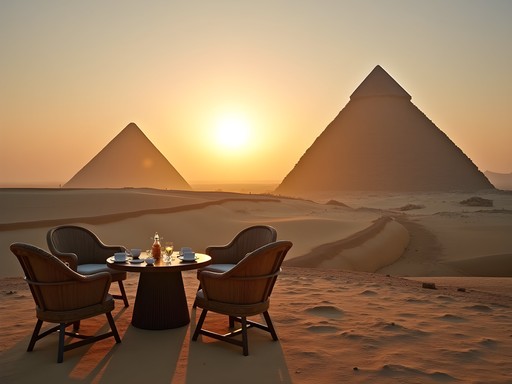
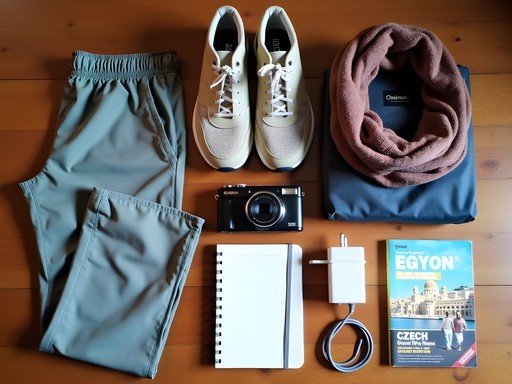
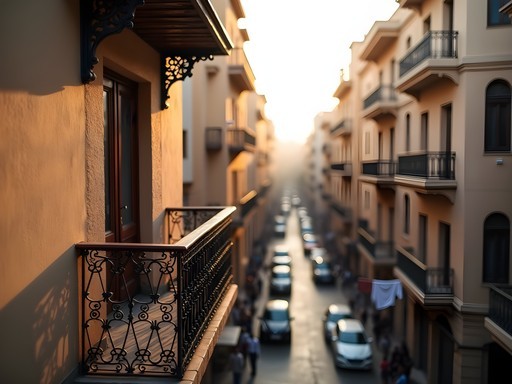



Comments
Claire Hawkins
Your post brought back so many memories of our family trip to Cairo last year! My kids were absolutely mesmerized by the Egyptian Museum - my 9-year-old had been studying ancient Egypt in school, and seeing her face when she stood before Tutankhamun's mask was priceless. One thing I'd add for families visiting Coptic Cairo is to make time for the Hanging Church. The wooden ceiling designed like Noah's Ark captivated our children's imagination, and it sparked wonderful conversations about how different faiths and stories connect across time. Cairo with kids can be chaotic but deeply rewarding - those ancient wonders have a special way of bringing history to life for young minds.
Sage Dixon
Claire, I love hearing how the trip resonated with your children! You're so right about the Hanging Church - I should have highlighted that more for families. Did you get a chance to visit the Nilometer on Roda Island? That's another spot that fascinates kids with its ancient engineering.
Claire Hawkins
We did! The Nilometer was actually my son's favorite - he's our little engineer in the making. He couldn't stop asking questions about how they measured the water levels. These hands-on historical sites are gold for curious kids!
vacationphotographer
What camera setup did you use for those incredible interior shots in the Egyptian Museum? I always struggle with the lighting in museums, especially for those dimly lit artifacts.
Sage Dixon
I used my mirrorless camera with a fast prime lens. The key was using a high ISO (around 3200) and shooting handheld with image stabilization. The museum's lighting is challenging, but I found shooting in aperture priority mode at f/2.8 gave me enough flexibility.
beachseeker
I'm headed to Egypt next month! Any suggestions on how many days to spend in Cairo? Is your one week recommendation enough to see everything you mentioned without rushing?
Sage Dixon
One week gives you a good overview without rushing too much. I'd suggest 2 days for Giza/Saqqara, 1 full day for the Egyptian Museum, 1 day for Islamic Cairo, 1 for Coptic Cairo, and then a buffer day or two for whatever captivates you most. Have an amazing trip!
Hayden Butler
Fantastic write-up, Sage! I was in Cairo last spring and still dream about that moment when you first see the pyramids looming on the horizon as you approach Giza. One tip for anyone planning a visit - I highly recommend splurging on the early morning VIP tour before the crowds arrive. Our guide arranged private access to the base of the Great Pyramid at sunrise, and that peaceful moment watching the light change across those ancient stones was worth every penny. Later, we retreated to the Mena House hotel for breakfast with pyramid views. Sometimes the luxury experience truly enhances these profound historical encounters.
wanderlustblogger
Did you hire a guide for the Egyptian Museum? I've heard it's overwhelming without one.
backpacklife
Just got back from Cairo last month and totally agree about Saqqara being underrated! We almost skipped it but ended up spending half a day there. The Step Pyramid was way less crowded than Giza, and our guide showed us these amazing tomb paintings with medical scenes. Definitely worth the extra trip outside the city.
Sage Dixon
So glad you made it to Saqqara! Those medical scenes are fascinating, aren't they? Did you get to see the Imhotep Museum there too?
backpacklife
Yes! The Imhotep Museum was small but so well-organized. I was amazed by those ancient surgical tools on display!
smartfan
Your photos are stunning! Makes me want to book a flight right now!
tripclimber
Great post! How safe did you feel wandering around Cairo on your own? I'm planning a solo trip there this winter and getting mixed advice from friends.
Sage Dixon
I felt quite safe in the main tourist areas, especially during daytime. Just use standard travel precautions - keep valuables secure, be aware of your surroundings, and maybe avoid wandering alone at night in unfamiliar areas. The locals I met were incredibly welcoming!
tripclimber
Thanks so much! That's reassuring to hear.
SafeTraveler
How did you find the safety situation? Traveling solo and a bit nervous about Cairo.
Sage Dixon
I felt quite safe in tourist areas, but like any big city, stay alert. I'd recommend dressing modestly, being firm with touts, and using official taxis/Uber. The biggest issue was persistent vendors, not safety concerns. Many solo travelers I met had the same experience.
Megan Martin
Just got back from my trip and can confirm what Sage said. As a solo female traveler, I felt safe in Cairo. The tourist police presence is strong at all major sites. I found having a few Arabic phrases helped a lot with vendors - they appreciate the effort and often became more respectful.
TravelingDoc
Just returned from Cairo last month and wish I'd had this guide beforehand! The section about Saqqara's medical traditions was particularly interesting to me as a physician. I'd add that the Cairo Museum's mummy room (requires extra ticket) has fascinating examples of ancient medical procedures visible in some specimens. One tip for others: the pollution in Cairo can be rough on sensitive lungs. I started taking a daily antihistamine which helped tremendously. Also, the Khan el-Khalili bazaar deserves at least half a day - I found some beautiful papyrus art showing ancient medical practices there.
photoace
Good tip about the antihistamine! Did you find the mummy room worth the extra cost?
TravelingDoc
Absolutely worth it! The preservation techniques are incredible, and you can see evidence of dental work, surgeries, and even prosthetics from thousands of years ago. Mind-blowing for anyone interested in medical history.
Venture X
Premium card with 2X miles, $300 travel credit, Priority Pass